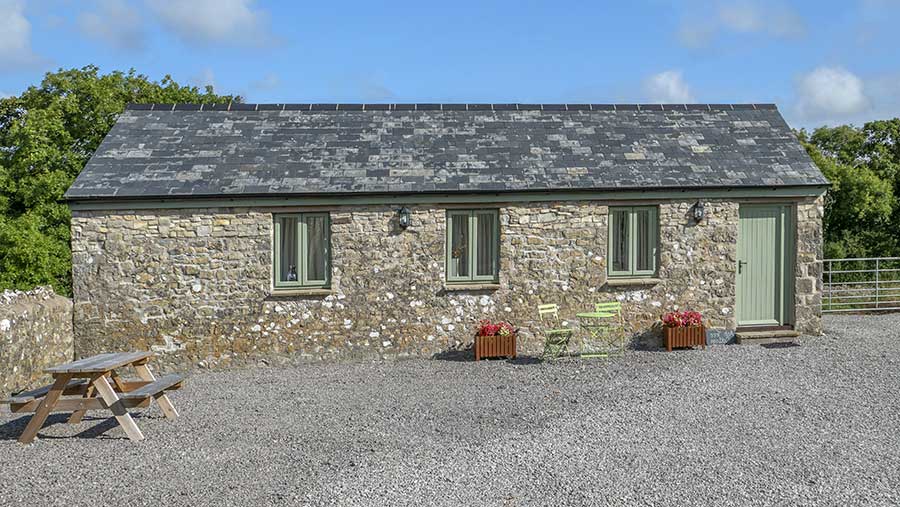Farm holiday lets face tighter scrutiny on tax
 © Adobe Stock/David Hughes
© Adobe Stock/David Hughes Businesses with furnished holiday lets (FHLs) could face greater tax scrutiny after Airbnb agreed to share more income and rental details with HMRC, according to legal experts.
Martyn Dobinson, partner and rural business expert at accountant Saffery Champness, explained that Airbnb would disclose names and income levels for lets during 2017-19.
The move signals a shift to more targeted scrutiny from HMRC into returns outside the normal 12-month enquiry window, Mr Dobinson warned.
See also: Rollover relief – what is it and how does it work?
To help prepare FHL businesses, he set out areas where tax reliefs were available and provided tips on how to claim them.
To qualify as a FHL, the property must be furnished, located in the UK or another European Economic Area country. It must be let on a commercial basis with a view to realising profits.
It must also satisfy the qualifying tests.
Qualifying tests
Availability test
The property must be available for letting to the public (not family or friends) for at least 210 days in a tax year.
Letting test
The property must be let to the public for 105 days or more each tax year, excluding periods of continuous occupation by the same person for more than 31 days.
Pattern of occupation test
The property must not normally be let for periods of long-term occupation totalling more than 155 days within a tax year. A period of long-term occupation is one where the property is let to the same person for more than 31 days.
Tax reliefs
Capital allowances
This can be claimed for expenditure on furniture, fittings and equipment, including immediate relief on qualifying expenditure of up to £1m under the Annual Investment Allowance (AIA).
Capital gains tax
The disposal of a farm holiday let may be treated as the disposal of a business asset and gains can be “rolled over” against the acquisition of replacement assets. The disposal may also benefit from Business Asset Disposal Relief (BADR), which was formerly termed Entrepreneurs’ Relief.
Allowable expenses
These expenses can also be offset against the rental income in calculating the net taxable profits, as with a regular rental business. Losses must be claimed and can only be carried forward against holiday let profits in future years.
Tips on claiming reliefs
- If a property was not let for the requisite 105 days in 2020-21, but satisfies the other conditions, landlords may still be able to secure the tax reliefs available by electing for a “grace period” to apply
- Consider making an averaging election where there is more than one qualifying property and one property that does not meet the occupancy test of 105 days on its own. Where the average occupancy of all the let properties is at least 105 days, all properties will qualify
- Check whether any capital expenditure qualifies for the AIA
- When considering the purchase of a FHL property containing fixtures, it may be appropriate to make a joint election with the vendor. This would agree the value attributable to the fixtures, so that capital allowances can be claimed
